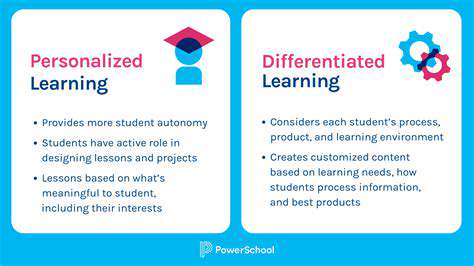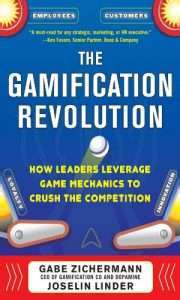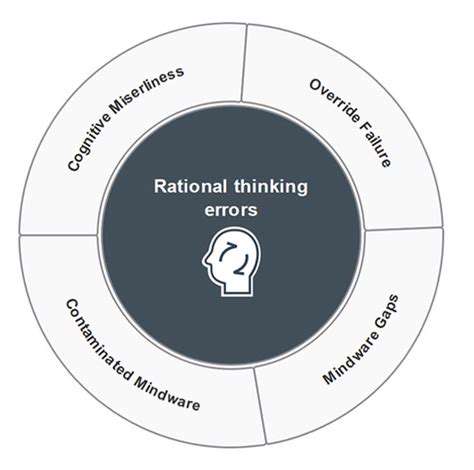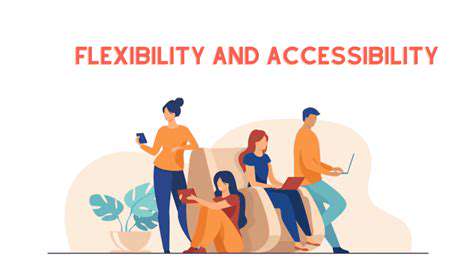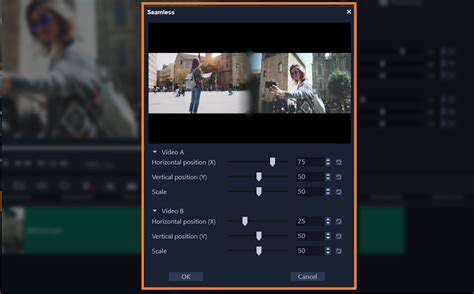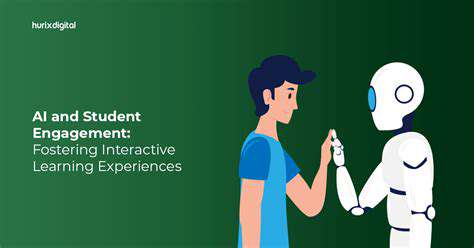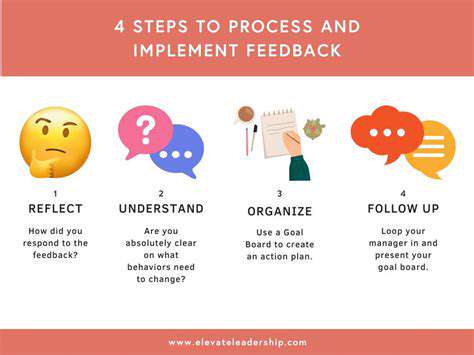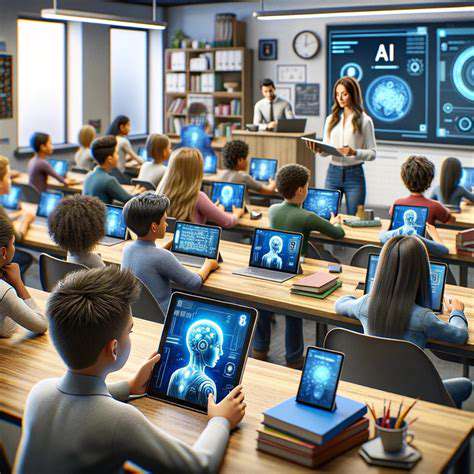Flexible Futures: Why Hybrid Learning is Here to Stay
The Shifting Landscape of Education
The traditional model of education, with its rigid schedules and centralized classrooms, is rapidly evolving. Hybrid learning, a blended approach incorporating online and in-person instruction, is emerging as a powerful force, reshaping the educational landscape. This shift is driven by a multitude of factors, including the desire for greater flexibility, accessibility, and personalization in learning experiences. The rise of technology and the changing needs of students and educators are fueling this transformation, paving the way for a more dynamic and adaptable approach to education.
Enhanced Accessibility and Flexibility
Hybrid learning breaks down geographical barriers, making education accessible to students who might otherwise be limited by distance or scheduling constraints. Online components offer flexibility in terms of learning pace and location, allowing students to learn at their own rhythm and from anywhere with an internet connection. This flexibility also benefits working professionals and students with other commitments, enabling them to pursue education without sacrificing their existing responsibilities.
Furthermore, hybrid models often incorporate asynchronous learning activities, allowing students to complete assignments and engage with course materials at times that best suit their schedules. This flexibility fosters a more personalized learning experience, accommodating diverse learning styles and preferences.
Personalized Learning Experiences
Hybrid learning models allow for greater personalization of the educational experience. Teachers can tailor instruction to individual student needs and learning styles, leveraging digital tools and platforms to provide targeted support and resources. This personalized approach can lead to increased engagement, improved learning outcomes, and a more fulfilling educational journey for students.
Improved Engagement and Interaction
While the online aspect of hybrid learning offers flexibility, it also presents opportunities to enhance student engagement and interaction. Digital tools can facilitate collaborative projects, online discussions, and virtual field trips, connecting students with diverse perspectives and experiences. These interactive elements can foster a more dynamic and engaging learning environment, making education more stimulating and relevant to students' lives.
Technology Integration and Innovation
The integration of technology is a cornerstone of hybrid learning. Educational institutions are embracing a variety of digital tools and platforms to create interactive learning experiences. Online learning platforms, video conferencing tools, and educational software are reshaping how knowledge is delivered and absorbed, offering greater opportunities for creativity and innovation in the classroom. This technological integration fuels the development of new and more effective teaching methodologies.
Addressing the Digital Divide
Despite the numerous benefits, the transition to hybrid learning must address the existing digital divide. Unequal access to technology and reliable internet connectivity can create disparities in learning opportunities. Educational institutions must proactively address these challenges by providing resources and support to students and families who lack access to the necessary technology and infrastructure. This requires careful planning and targeted interventions to ensure equitable access to quality education for all students, regardless of their socioeconomic background or location.
Future Trends and Challenges
The future of hybrid learning promises continued innovation and evolution. Expect further integration of artificial intelligence, virtual reality, and augmented reality to enhance the learning experience. However, challenges remain, including the need for robust teacher training and ongoing support to effectively implement these new models. Maintaining student engagement and fostering a sense of community in a predominantly online environment are crucial considerations for the success of hybrid learning in the years to come. Addressing the ethical implications of technology integration and ensuring data privacy are also important aspects to consider.
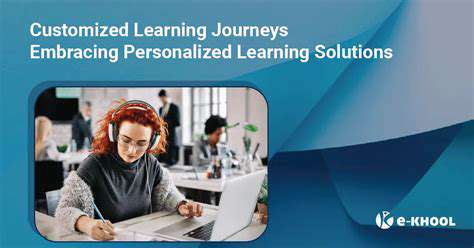
Enhanced Accessibility and Inclusivity: Breaking Down Barriers
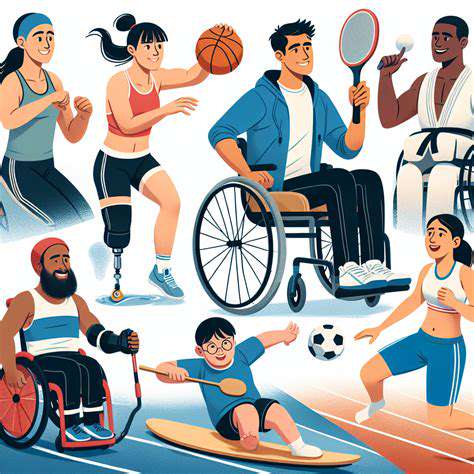
Improved Website Navigation
A key aspect of enhanced accessibility is improving website navigation for users with disabilities. This involves creating clear and logical structures that are easy to understand and navigate, even for individuals using screen readers or alternative input methods. Providing comprehensive sitemaps and clear labels for each page is crucial. Effective use of ARIA attributes can also significantly improve the experience for those relying on assistive technologies.
Enhanced Visual Design
Improving visual design is an essential component of accessibility. Using sufficient color contrast between text and background elements is vital for readability and usability for individuals with visual impairments. Employing clear and consistent visual cues for interactive elements such as buttons and links is also critical for user understanding. The use of alternative text descriptions for images is essential for screen reader users and those who may not be able to view images.
Improved Text Formatting
Improving text formatting is essential for accessibility. Using clear headings and subheadings to structure content helps users quickly scan and locate information. Employing sufficient spacing between paragraphs and lines of text improves readability for users with visual impairments or dyslexia. Using a readable font size and type is a key factor in overall accessibility.
Audio and Video Accessibility
Ensuring audio and video content is accessible is crucial for an inclusive website. Providing captions and transcripts for videos and audio recordings allows users who are deaf or hard of hearing to access the content. This is a fundamental component of accessibility compliance and fosters a more inclusive environment. Providing alternative audio descriptions for video can also improve inclusivity for users with visual impairments.
Keyboard Navigation Support
Ensuring all interactive elements are navigable using only a keyboard is essential for users who cannot use a mouse or other pointing device. This includes ensuring that all interactive elements have appropriate keyboard focus indicators and that navigating through the site using only the keyboard is intuitive and predictable. This is crucial for users with motor impairments. Accessibility involves supporting diverse needs, and keyboard navigation is a key component in achieving that.
Alternative Text for Images
Providing alternative text descriptions for all images is critical. These descriptions, often referred to as alt text, are vital for screen reader users to understand the content of an image. Providing concise and descriptive alt text will ensure that the image's purpose and context are properly conveyed. This is a simple but impactful way to enhance accessibility for visually impaired users. These descriptions should accurately reflect the content of the image.
Mobile Responsiveness
Ensuring mobile responsiveness is essential for accessibility. Websites that are optimized for various screen sizes and devices ensure that users can access content seamlessly regardless of the device they use. A website that is mobile-friendly is a website that is accessible. This includes optimizing layout, font sizes, and interactive elements for smaller screens. Mobile responsiveness is a fundamental component of a modern, accessible website.
The Future of Education: A Collaborative and Connected Approach
Embracing Technology for Enhanced Learning
The integration of technology into the educational landscape is no longer a futuristic concept, but a crucial element shaping the future of learning. Interactive digital platforms, personalized learning apps, and virtual reality experiences are revolutionizing how students engage with material. These advancements allow for a more dynamic and individualized approach, catering to diverse learning styles and accelerating knowledge acquisition. Educational institutions are increasingly recognizing the transformative potential of technology to foster deeper understanding and critical thinking.
From online courses and collaborative learning tools to virtual field trips and simulations, technology is expanding educational possibilities beyond the traditional classroom walls. This digital evolution is preparing students for a future where adaptability and digital literacy are paramount skills.
Personalized Learning Pathways
Moving away from a one-size-fits-all approach, future education emphasizes personalized learning pathways. This means tailoring educational experiences to meet the unique needs, strengths, and interests of each student. Adaptive learning platforms can adjust the pace and content based on individual progress, allowing students to learn at their own optimal speed and focus on areas requiring extra attention.
This personalized approach also fosters a deeper connection between students and educators. Teachers can provide more targeted support and guidance, empowering students to take ownership of their learning journey.
Collaborative and Interactive Learning Environments
The future of education embraces collaborative learning experiences. Students will actively engage with peers, fostering critical thinking, problem-solving, and communication skills. Online forums, group projects, and interactive simulations provide opportunities for students to learn from each other, share perspectives, and develop valuable teamwork skills. This collaborative approach mirrors the realities of the modern workplace, where teamwork and collaboration are essential.
Cultivating Critical Thinking and Problem-Solving Skills
In a rapidly changing world, critical thinking and problem-solving skills are more important than ever. Future education emphasizes developing these skills through engaging activities and real-world applications. Instead of simply memorizing facts, students will be encouraged to analyze information, identify patterns, and formulate solutions to complex challenges. This approach prepares students to thrive in a dynamic and unpredictable future.
Fostering Digital Literacy and Adaptability
Digital literacy is a fundamental skill for success in the 21st century. Future education prioritizes equipping students with the necessary skills to navigate the digital world confidently and critically. This includes understanding how to evaluate information, utilize technology responsibly, and adapt to new tools and platforms as they emerge. The ability to adapt to new technologies and learning methods is crucial for navigating an evolving job market and personal life.
Lifelong Learning and Continuous Growth
The future of education recognizes that learning is a continuous process that extends beyond formal schooling. Emphasis is placed on fostering a love of learning and cultivating a mindset of continuous growth and development. Students will be encouraged to embrace lifelong learning, exploring new interests, acquiring new skills, and adapting to changing circumstances throughout their lives. This approach prepares students for a world that requires constant adaptation and a willingness to embrace new challenges.
Read more about Flexible Futures: Why Hybrid Learning is Here to Stay
Hot Recommendations
- The Gamified Parent Teacher Conference: Engaging Stakeholders
- Gamification in Education: Making Learning Irresistibly Fun
- The Future of School Libraries: AI for Personalized Recommendations
- EdTech and the Future of Creative Industries
- Empowering Student Choice: The Core of Personalized Learning
- Building Community in a Hybrid Learning Setting
- VR for Special Education: Tailored Immersive Experiences
- Measuring the True Value of EdTech: Beyond Adoption Rates
- Addressing Digital Divide in AI Educational Access
- Preparing the Workforce for AI Integration in Their Careers
